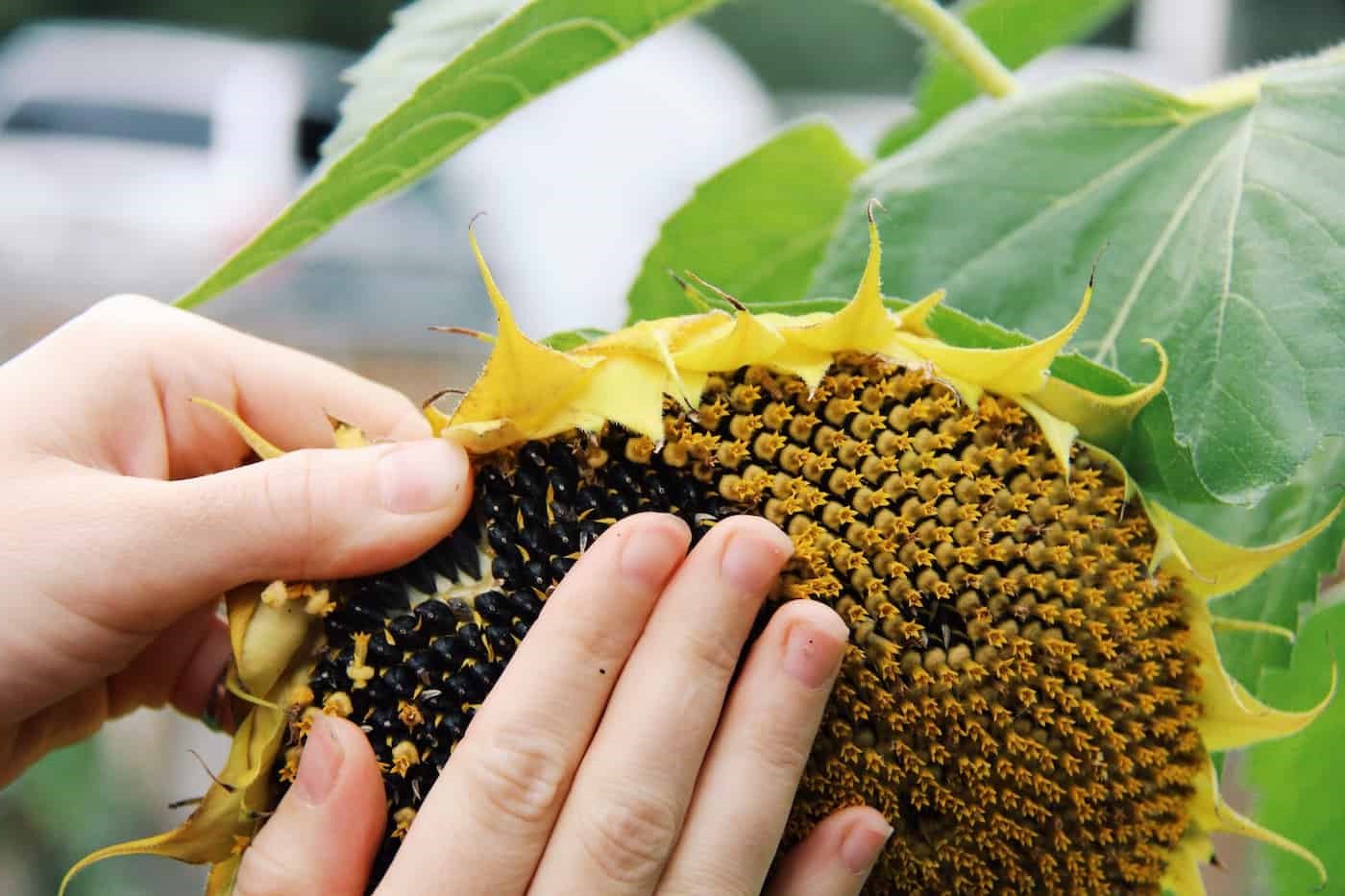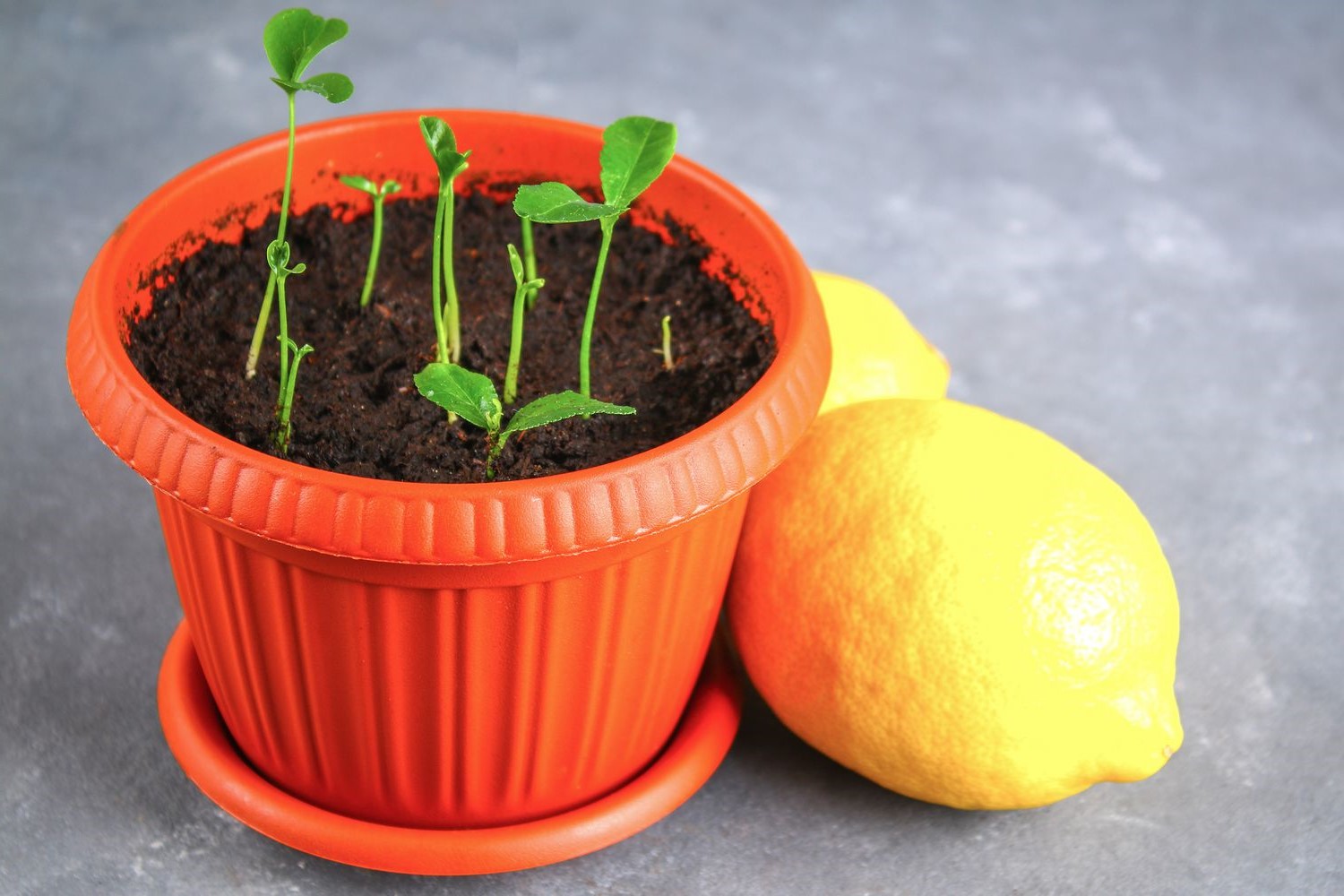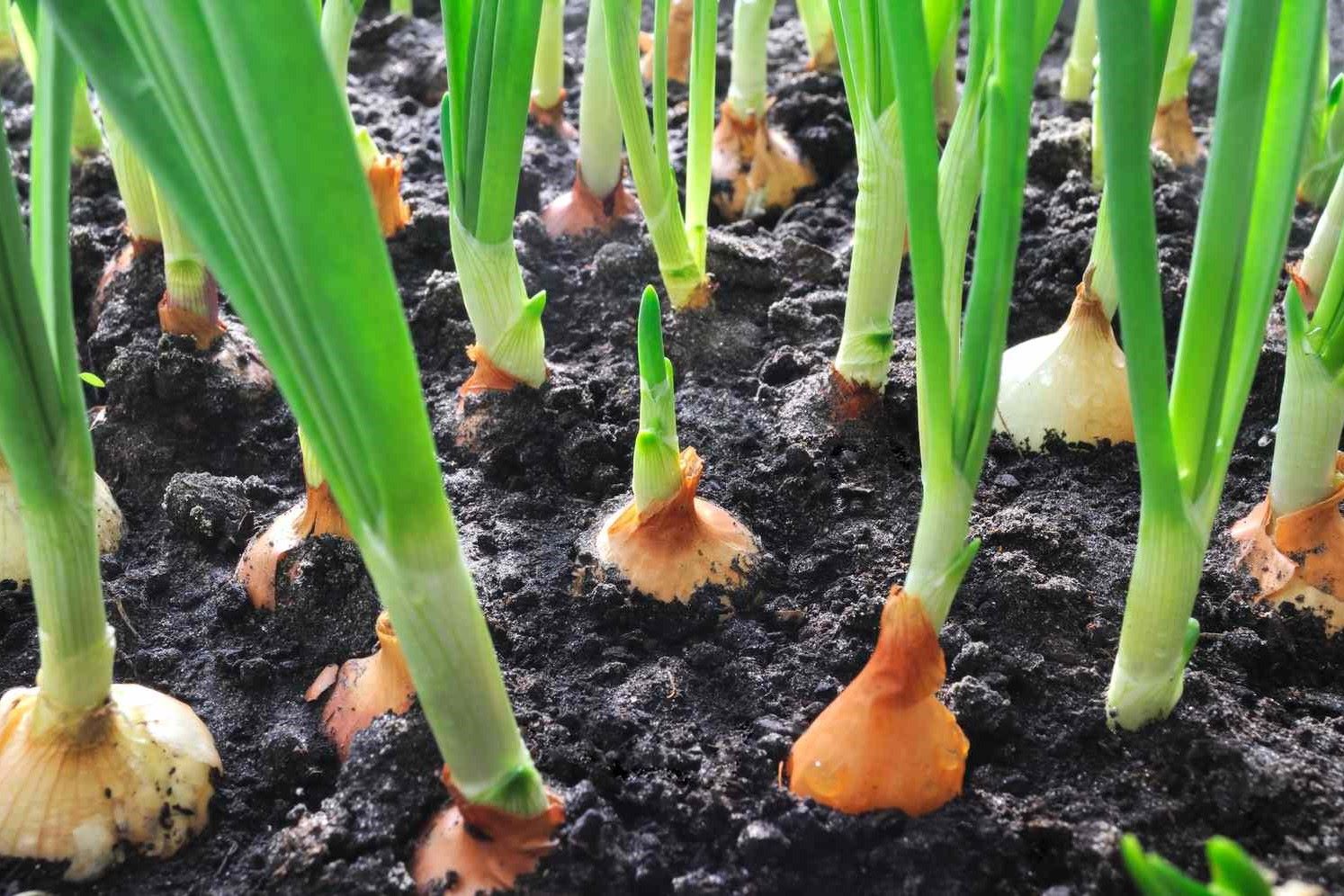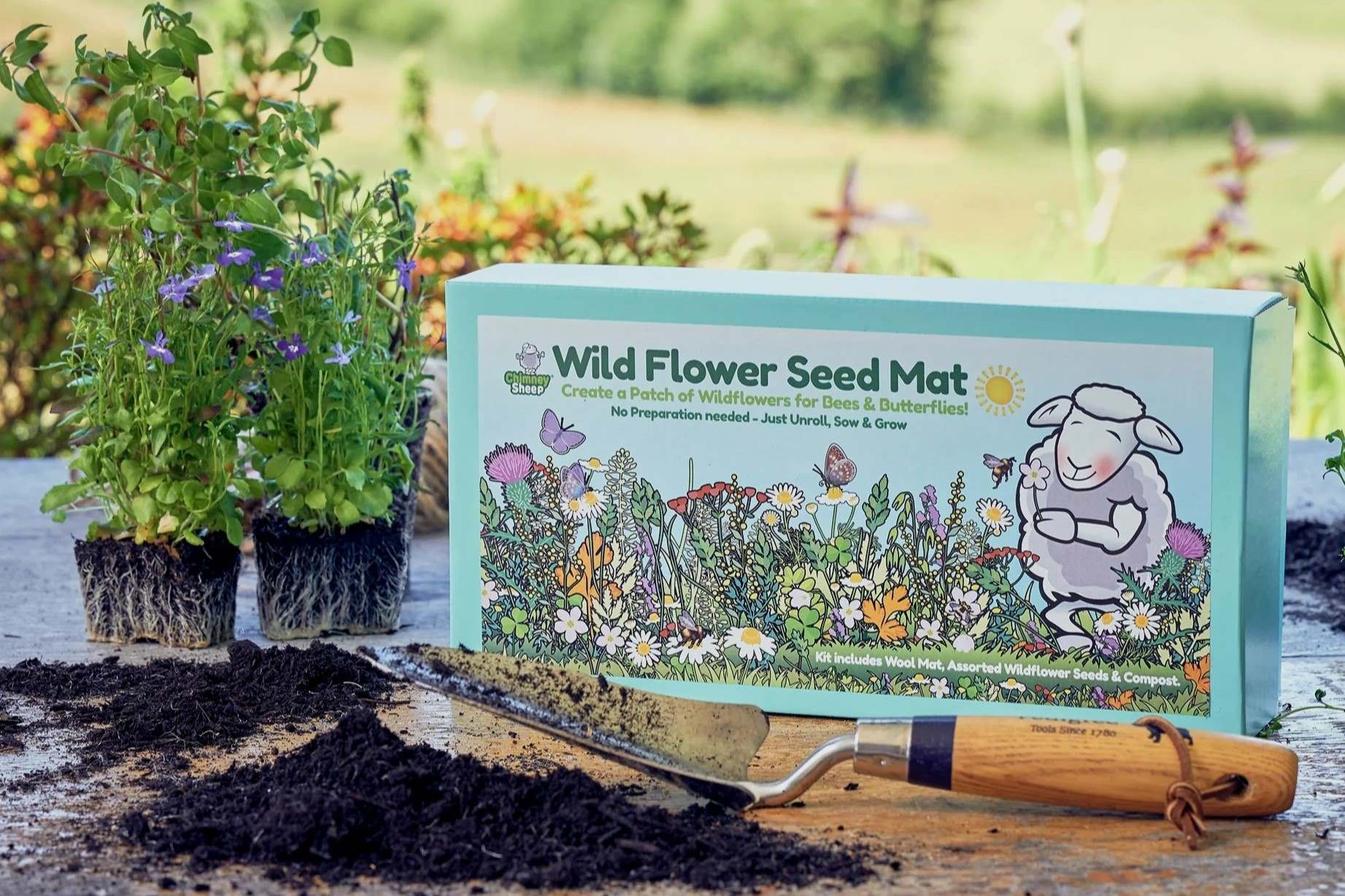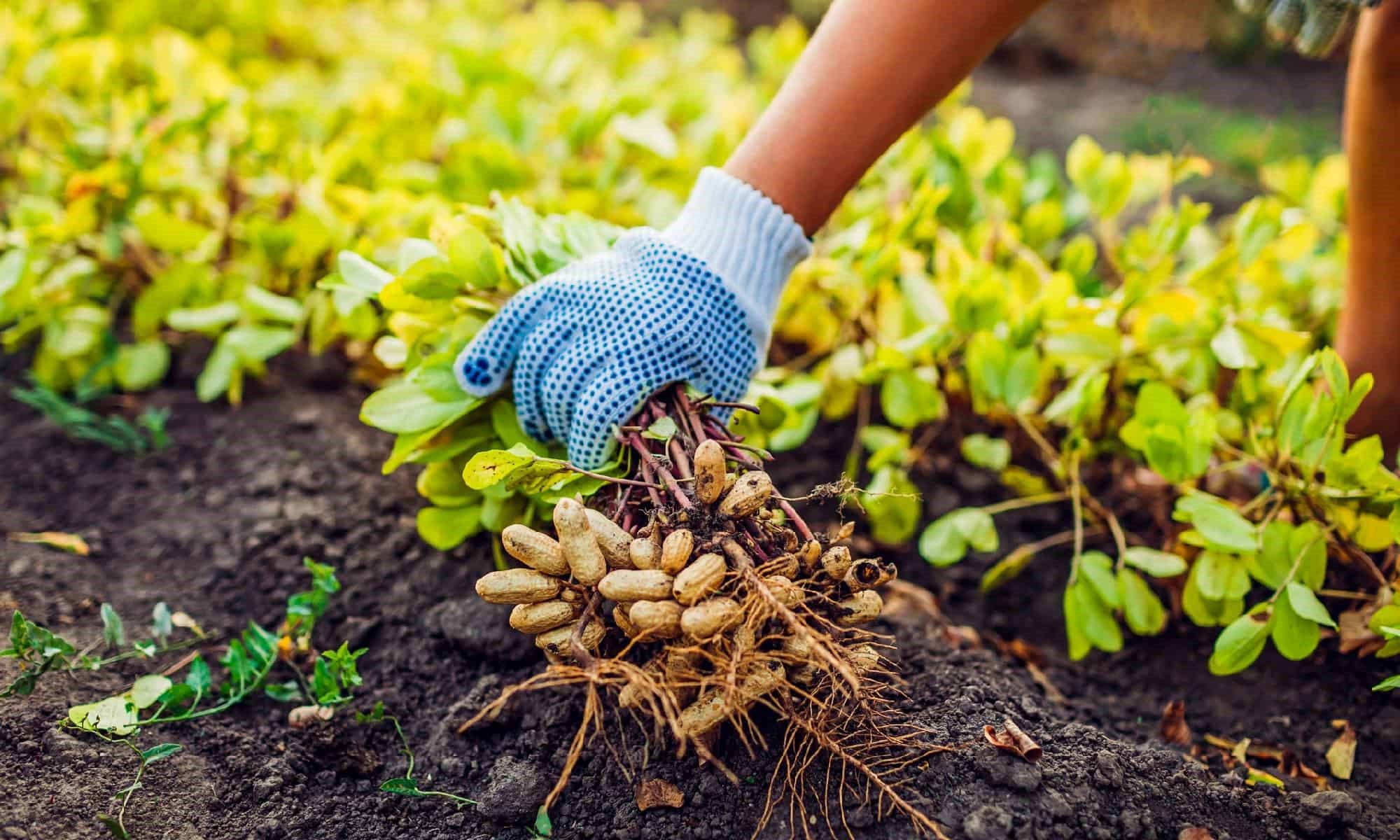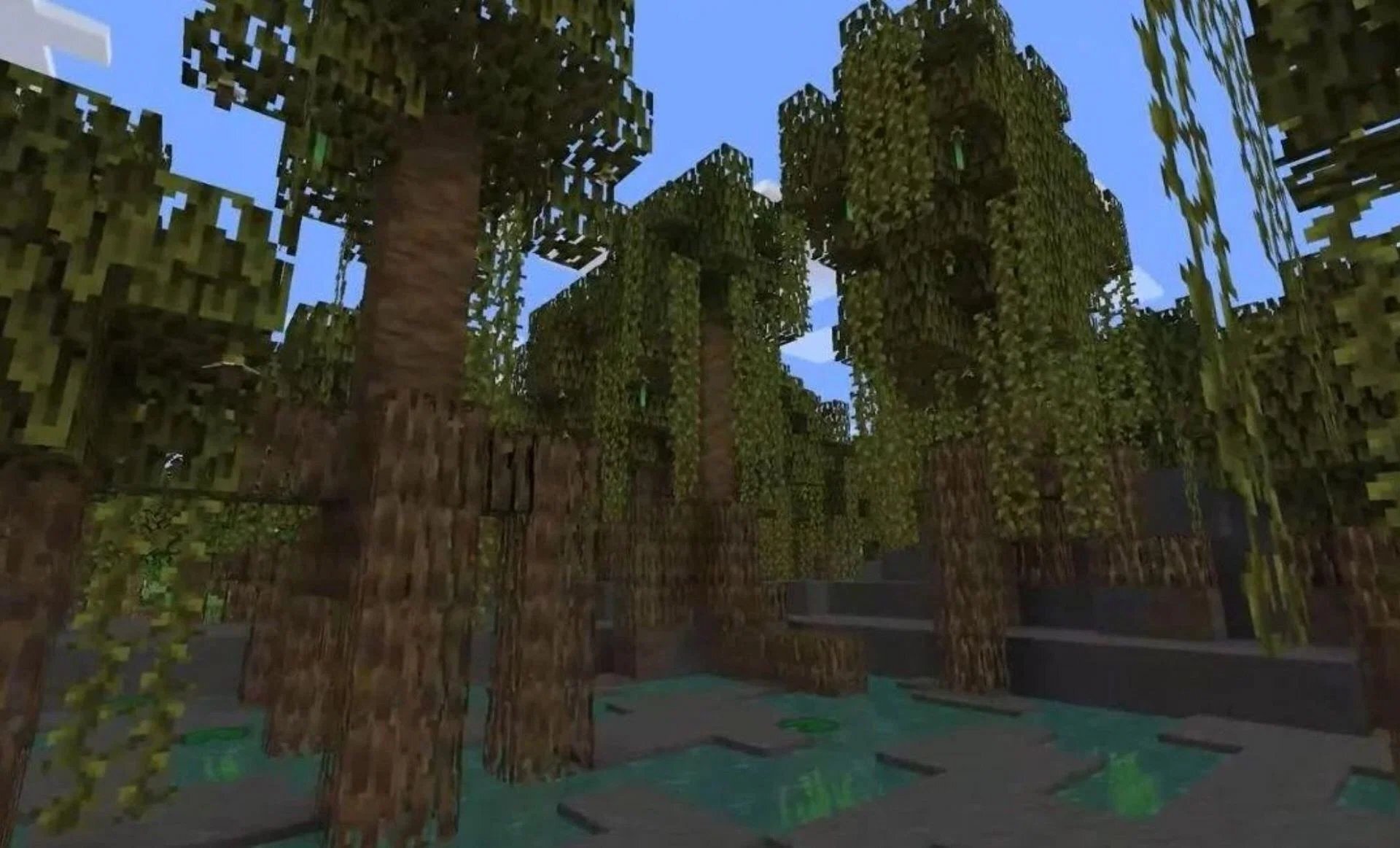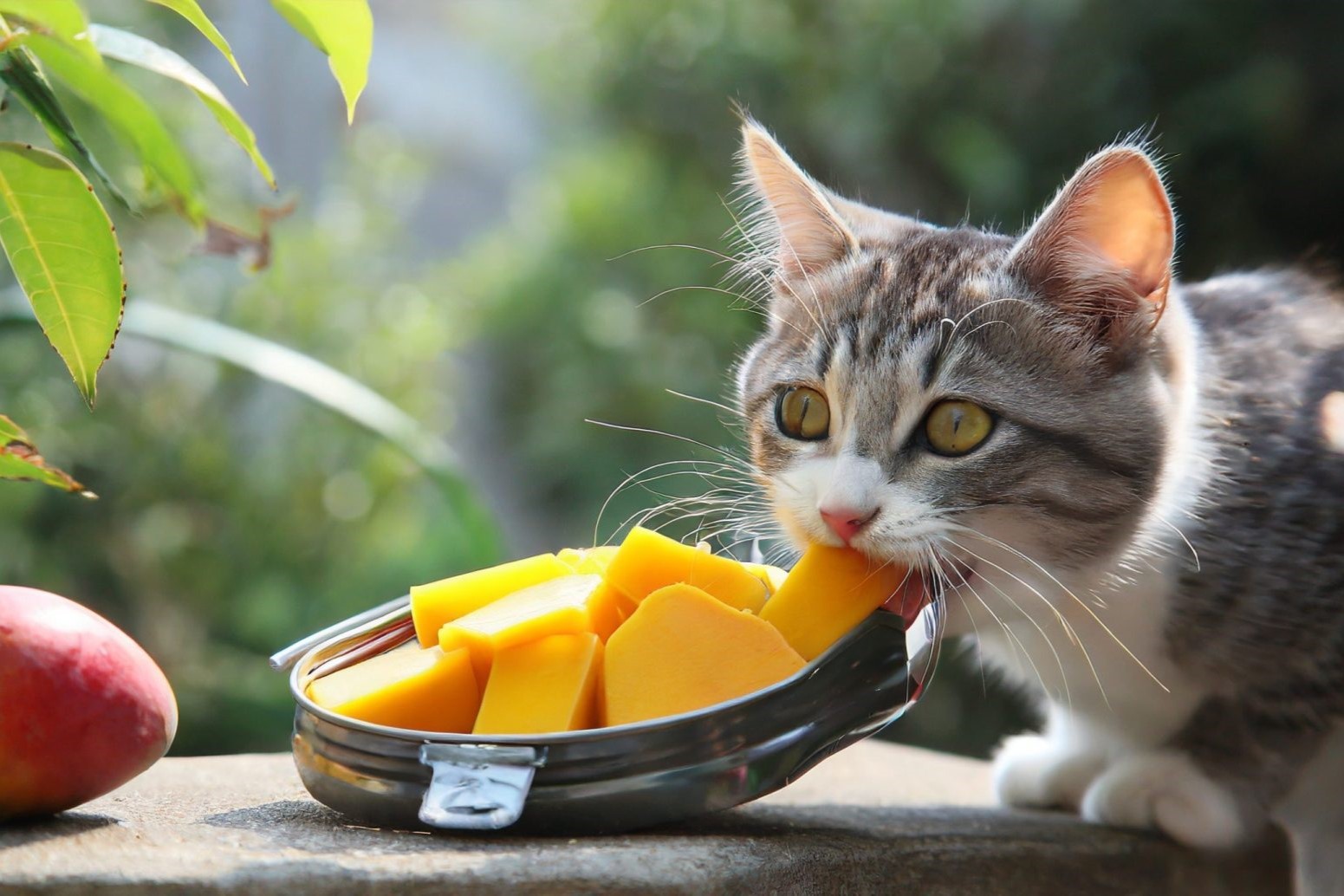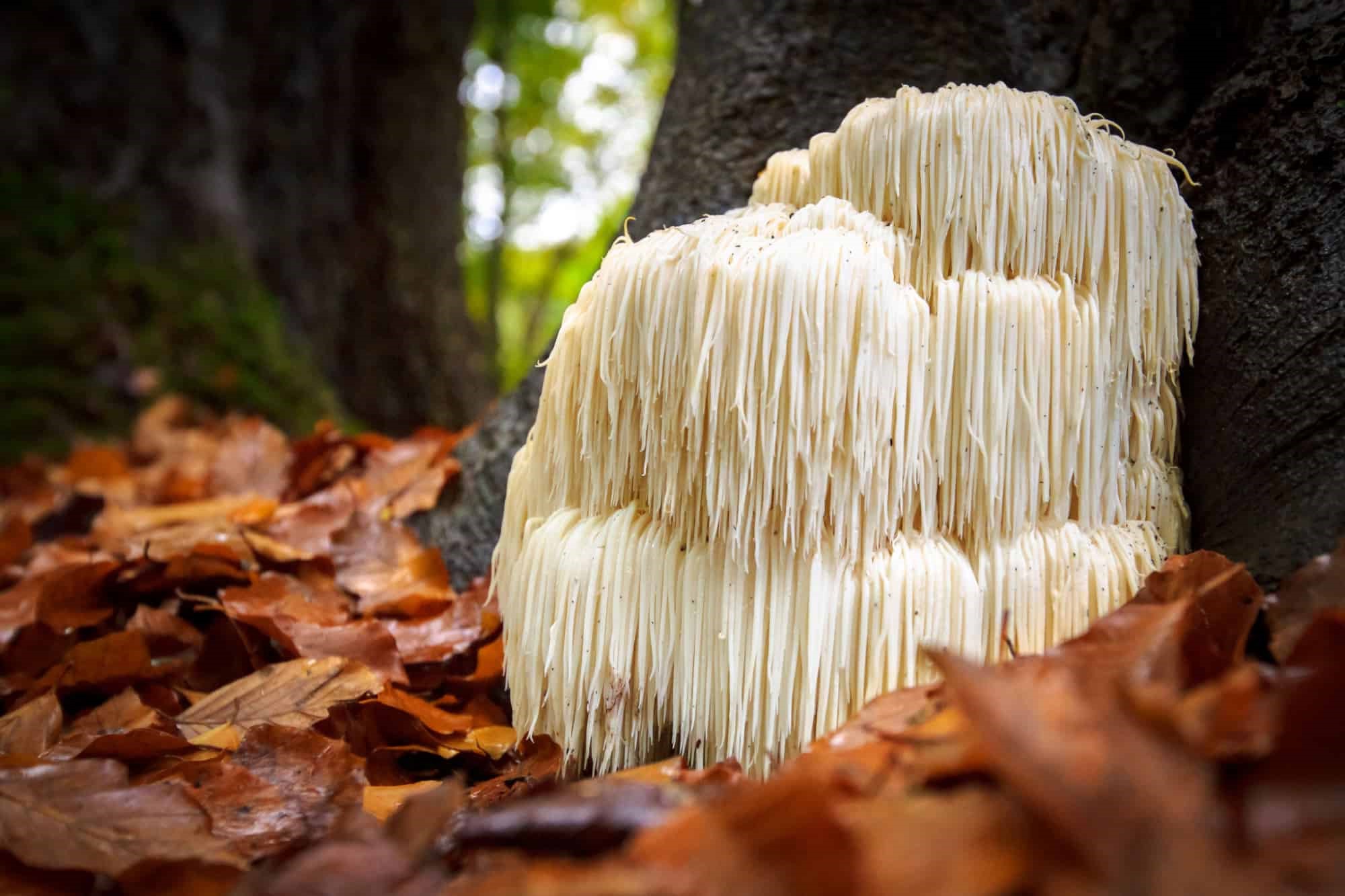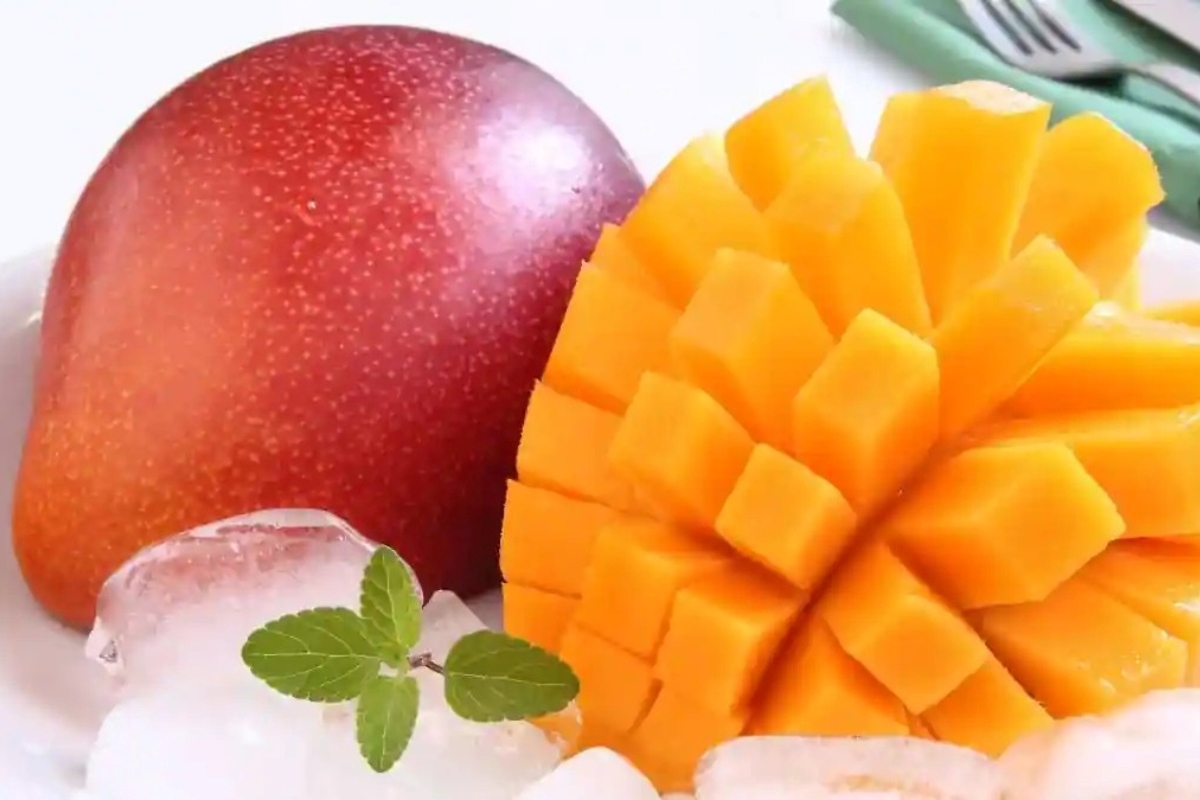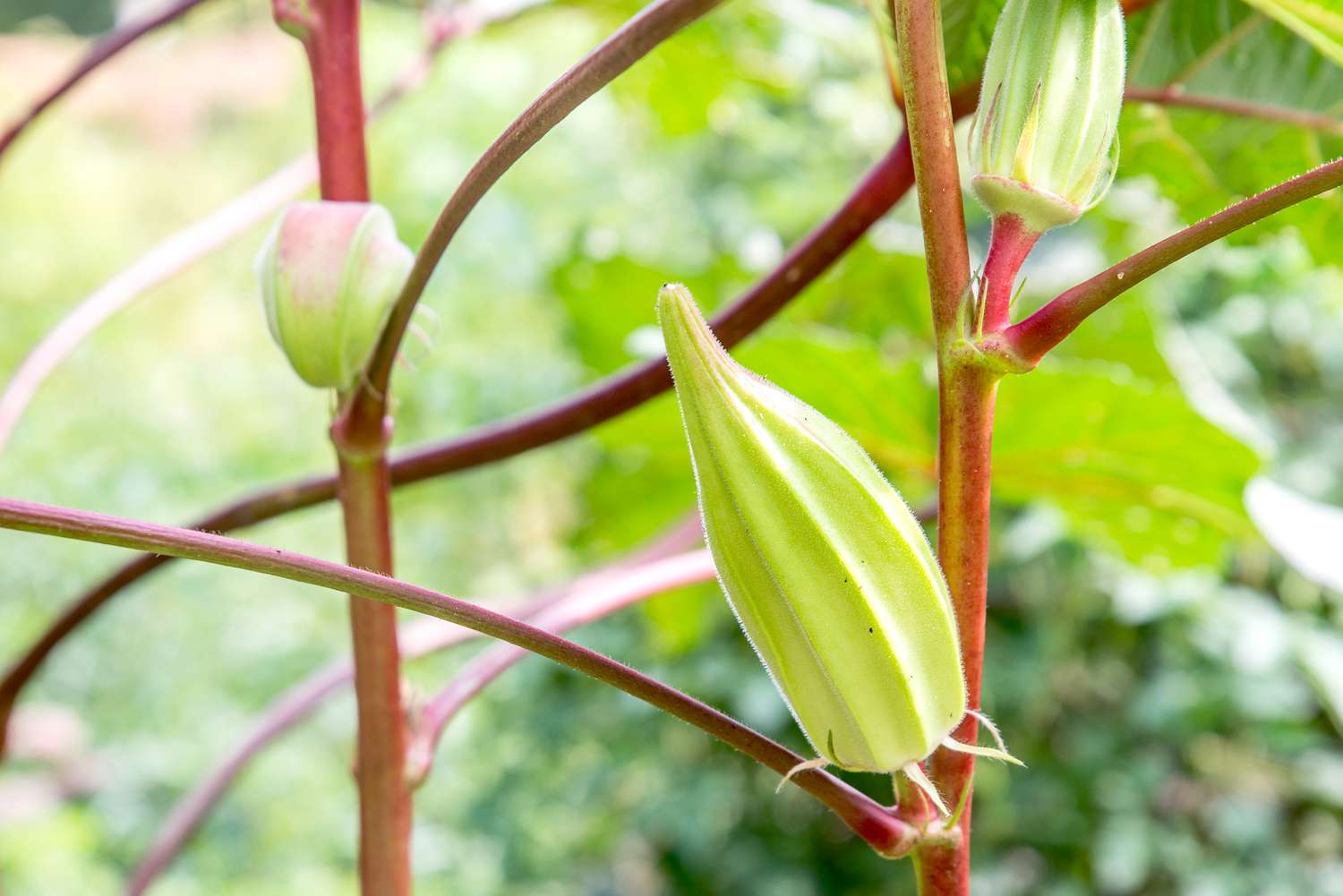Home>Home and Garden>How To Grow A Mango Seed


Home and Garden
How To Grow A Mango Seed
Published: March 2, 2024
Learn how to grow a mango seed at home and create a beautiful addition to your home and garden. Follow our simple steps for successful mango seed cultivation.
(Many of the links in this article redirect to a specific reviewed product. Your purchase of these products through affiliate links helps to generate commission for Noodls.com, at no extra cost. Learn more)
Table of Contents
Introduction
Growing a mango tree from a seed can be a rewarding and fulfilling experience. Mango trees are not only a source of delicious and nutritious fruit, but they also add a touch of tropical beauty to any garden or indoor space. The process of nurturing a mango seed into a thriving tree is a journey that allows you to witness the miracle of nature firsthand.
Whether you are an experienced gardener or a novice with a green thumb, learning how to grow a mango seed is an exciting endeavor that can be enjoyed by individuals of all ages. It offers a valuable opportunity to connect with nature and gain a deeper understanding of the growth process of plants.
In this comprehensive guide, we will walk you through the step-by-step process of growing a mango seed into a healthy and vibrant tree. From gathering the necessary materials to caring for the seedling and eventually transplanting it into a suitable environment, each stage of the journey is filled with valuable insights and opportunities for hands-on learning.
By following these steps and providing the proper care and attention, you can witness the transformation of a humble mango seed into a majestic tree that bears delicious fruit. So, roll up your sleeves, gather your gardening tools, and let's embark on this exciting journey of nurturing and growth!
Read more: How To Grow Orange Seeds
Step 1: Gather Materials
Before embarking on the journey of growing a mango seed, it's essential to gather the necessary materials to ensure a successful and fulfilling experience. Here's what you'll need:
-
Fresh Mango Seed: Begin by selecting a ripe, fresh mango and carefully extract the seed from the fruit. Choose a variety of mango that is well-suited to your climate and growing conditions.
-
Paper Towel: A paper towel will be used to remove the remaining flesh from the mango seed and prepare it for germination.
-
Plastic Ziplock Bag: This will be used to create a controlled and humid environment for the mango seed during the germination process.
-
Potting Mix: Select a high-quality potting mix that provides good drainage and aeration for the developing mango seedling.
-
Pots or Containers: Choose suitable pots or containers that are spacious enough to accommodate the growing mango seedling. Ensure that the pots have drainage holes to prevent waterlogging.
-
Watering Can or Spray Bottle: You'll need a watering can or spray bottle to provide the necessary moisture for the germinating seed and the growing seedling.
-
Warm, Sunny Location: Identify a warm and sunny location where the mango seedling can receive ample sunlight to support its growth.
-
Fertilizer (Optional): While not essential in the early stages, having a suitable fertilizer on hand for later use can help promote healthy growth and fruit production.
By gathering these materials, you'll be well-prepared to initiate the process of growing a mango seed into a thriving tree. Each item plays a crucial role in nurturing the seed and supporting its development into a robust and fruitful mango tree. With these materials at your disposal, you're ready to move on to the next step of preparing the mango seed for germination.
Step 2: Prepare the Mango Seed
Preparing the mango seed for germination is a crucial step that sets the stage for successful growth and development. By carefully tending to the seed and creating optimal conditions for germination, you can kickstart the journey of transforming a humble seed into a thriving mango tree.
Begin by extracting a fresh mango seed from the fruit, ensuring that it is fully ripe and free from any signs of damage or decay. Once the seed is removed, gently wash away any remaining flesh to reveal the smooth, oblong-shaped seed. It's important to handle the seed with care to avoid causing any damage that could hinder its ability to germinate.
After cleaning the seed, carefully remove the thin, outer husk to expose the inner kernel. This can be done by using a sharp knife to make a small nick in the husk, allowing you to peel it away and reveal the inner seed. Take care not to damage the kernel inside, as it contains the embryo from which the mango seedling will sprout.
Once the husk is removed, prepare a damp paper towel and wrap it around the mango seed. The paper towel serves to provide moisture and create a conducive environment for germination. Place the wrapped seed inside a plastic ziplock bag, leaving it partially open to allow for air circulation. This setup creates a controlled and humid environment that encourages the seed to germinate.
Find a warm and bright location for the seed to rest undisturbed. The top of a refrigerator or a sunny windowsill are ideal spots that provide the gentle warmth and indirect sunlight needed for the germination process. Check the paper towel regularly to ensure that it remains moist, but be cautious not to oversaturate it, as excess water can lead to mold growth and damage the seed.
Over the course of a few weeks, the mango seed will begin to germinate, and you will notice the emergence of a small root from one end and a delicate shoot from the other. At this stage, the seed is ready to be planted in a suitable potting mix to continue its growth journey. By carefully preparing the mango seed for germination, you have set the foundation for nurturing a healthy and vigorous mango seedling that will eventually mature into a majestic tree, bearing delicious fruit for years to come.
Step 3: Plant the Mango Seed
After successfully germinating the mango seed, it's time to transition to the next phase of the journey: planting the seed in a suitable potting mix to facilitate its growth into a healthy seedling. This pivotal step marks the beginning of the mango seed's transformation into a robust and thriving tree, and it requires careful attention to ensure optimal conditions for the seedling's development.
To begin, select a spacious pot or container that provides ample room for the developing seedling's roots to spread and grow. Ensure that the pot has drainage holes to prevent waterlogging, which can impede the seedling's growth. Fill the pot with a high-quality potting mix that offers good drainage and aeration, creating a supportive environment for the mango seedling to establish its roots and thrive.
Create a small indentation or hole in the center of the potting mix, approximately an inch deep. Carefully transfer the germinated mango seed into the indentation, taking care not to damage the delicate emerging root and shoot. Gently cover the seed with the potting mix, ensuring that it is securely nestled in place while allowing the shoot to emerge above the surface.
Once the seed is planted, provide a generous but controlled amount of water to moisten the potting mix. Avoid overwatering, as excessive moisture can lead to root rot and compromise the seedling's health. Place the pot in a warm, sunny location where the seedling can receive ample sunlight to support its growth. A bright windowsill or a spot in the garden that receives plenty of sunlight are ideal locations for nurturing the young mango seedling.
As the days pass, monitor the moisture level of the potting mix, ensuring that it remains consistently moist but not waterlogged. The emerging seedling will gradually develop its first set of true leaves, signaling the beginning of its journey towards becoming a mature mango tree. During this stage, it's essential to provide the seedling with the care and attention it needs to thrive, including regular watering, adequate sunlight, and, if necessary, a gentle application of fertilizer to support its growth.
By planting the mango seed in a nurturing environment and tending to its needs with care and diligence, you are laying the groundwork for the seedling to flourish and mature into a magnificent mango tree. This pivotal step in the growth process sets the stage for the seedling's development and marks the continuation of an exciting journey towards cultivating a thriving mango tree from a humble seed.
Step 4: Care for the Mango Seedling
Once the mango seedling has been planted and begins its journey towards growth and maturity, it requires attentive care to ensure its well-being and development. Caring for the mango seedling involves providing the necessary conditions, attention, and support to foster its growth into a healthy and robust tree that will eventually yield delicious fruit.
Read more: How To Grow Watermelon From Seed
Watering
Proper watering is essential for the well-being of the mango seedling. It's important to maintain consistent moisture in the potting mix without allowing it to become waterlogged. As a general guideline, water the seedling when the top layer of the potting mix feels dry to the touch. However, be mindful not to overwater, as excessive moisture can lead to root rot and compromise the seedling's health. Adjust the watering frequency based on the environmental conditions and the moisture needs of the seedling.
Sunlight
Ample sunlight is crucial for the healthy growth of the mango seedling. Ensure that the seedling is placed in a warm, sunny location where it can receive at least 6-8 hours of sunlight daily. If growing the seedling indoors, position it near a bright window or under grow lights to provide the necessary light for photosynthesis and overall development. Adequate sunlight will encourage strong, sturdy growth and support the seedling's transition into a thriving young tree.
Temperature and Humidity
Maintaining suitable temperature and humidity levels is important for the well-being of the mango seedling. Mango trees thrive in warm, tropical climates, so it's beneficial to provide a consistently warm environment for the seedling. Avoid exposing the seedling to sudden temperature fluctuations or cold drafts, as these can stress the plant. Additionally, if the air in your home is particularly dry, consider using a humidifier to create a more favorable environment for the seedling's growth.
Pruning and Training
As the mango seedling grows, it's beneficial to periodically prune and train it to encourage a strong and well-structured framework. Remove any damaged or diseased branches, as well as any competing shoots that may hinder the seedling's growth. Additionally, consider gently shaping the seedling's growth by strategically pruning to promote a desirable form and encourage healthy branching. This early intervention can contribute to the future health and productivity of the mature mango tree.
Fertilization
While the mango seedling may not require immediate fertilization after planting, as it matures, it will benefit from periodic applications of a balanced fertilizer. Select a fertilizer specifically formulated for fruit trees and follow the manufacturer's instructions for application. Fertilize the seedling during the growing season to provide essential nutrients that support its development and prepare it for future fruit production.
By providing attentive care and addressing the needs of the mango seedling, you are nurturing the foundation for a thriving and fruitful mango tree. Each aspect of care, from watering and sunlight to temperature regulation and pruning, contributes to the seedling's overall health and sets the stage for its transformation into a majestic tree that will yield an abundance of delicious mangoes. With dedicated care and attention, the mango seedling will flourish and reward your efforts with its beauty and bountiful harvest in the years to come.
Step 5: Transplant the Mango Seedling
Transplanting the mango seedling into its permanent growing location marks a significant milestone in its journey towards becoming a mature and fruitful tree. This crucial step requires careful planning and attention to ensure a smooth transition for the young seedling as it prepares to establish its roots in a more permanent environment.
Before initiating the transplanting process, it's essential to consider the specific needs of the mango tree, including its preference for a warm, sunny climate and well-drained soil. Select a suitable outdoor location that receives ample sunlight and provides sufficient space for the mango tree to grow and flourish. Ensure that the soil in the chosen area is fertile, well-aerated, and has good drainage to support the tree's long-term health and productivity.
To begin the transplanting process, carefully remove the mango seedling from its current pot, taking care to disturb the roots as little as possible. Gently loosen the root ball and inspect the roots for any signs of damage or overcrowding. If the roots have become tightly bound, carefully tease them apart to encourage healthy growth and prevent potential issues in the future.
Once the seedling is prepared for transplanting, dig a hole in the selected outdoor location that is slightly larger than the root ball of the seedling. Carefully place the seedling into the hole, ensuring that it is positioned at the same depth as it was in its previous container. Backfill the hole with soil, gently firming it around the base of the seedling to provide stability and support.
After transplanting, water the seedling thoroughly to help settle the soil and provide essential moisture for its initial establishment in the new location. Monitor the moisture level in the soil, ensuring that it remains consistently moist but not waterlogged in the days following the transplant. Additionally, consider applying a layer of organic mulch around the base of the seedling to conserve moisture, suppress weed growth, and provide valuable nutrients as it decomposes.
As the mango seedling acclimates to its new outdoor environment, continue to provide attentive care, including regular watering, monitoring for signs of stress or disease, and protecting it from extreme weather conditions. With time and proper care, the transplanted seedling will gradually establish its roots and embark on a journey of growth and transformation, ultimately maturing into a majestic mango tree that bears an abundance of delectable fruit.
By successfully transplanting the mango seedling into its permanent growing location, you have set the stage for its long-term success and productivity. Your careful attention and dedication to providing a nurturing environment will contribute to the tree's overall health and resilience, ensuring that it thrives and brings joy for years to come.
Conclusion
In conclusion, the journey of growing a mango seed into a thriving tree is a remarkable and rewarding experience that offers valuable insights into the wonders of nature. From the initial stages of gathering materials and preparing the mango seed for germination to the subsequent steps of planting, caring for, and ultimately transplanting the seedling, each phase of the process is filled with opportunities for learning, discovery, and hands-on engagement with the growth and development of a living plant.
As the mango seedling takes root and begins its transformation into a robust tree, it serves as a testament to the power of nurturing and the resilience of nature. The careful attention and dedicated care provided at each stage of the journey contribute to the seedling's overall health and vitality, setting the stage for its future growth and productivity.
The process of growing a mango seed also offers a profound sense of connection to the natural world, allowing individuals to witness the miraculous journey of a tiny seed evolving into a majestic tree that bears delicious fruit. This connection fosters a deeper appreciation for the intricate processes of plant growth and the importance of sustainable cultivation practices.
Furthermore, the act of growing a mango seed transcends the boundaries of gardening and horticulture, serving as a powerful metaphor for the potential for growth and transformation in our own lives. It reminds us of the significance of patience, nurturing, and perseverance in fostering positive change and realizing our full potential.
As the mango tree matures and begins to bear fruit, it becomes a living testament to the rewards of dedication and care. The sight of vibrant green leaves and the sweet aroma of ripening mangoes serve as a testament to the journey that began with a humble seed and blossomed into a flourishing tree.
In essence, the process of growing a mango seed is not merely a horticultural endeavor; it is a journey of discovery, connection, and transformation. It invites us to embrace the wonders of nature, cultivate patience and perseverance, and celebrate the beauty of growth in all its forms. Whether undertaken as a personal project, a family activity, or a classroom learning experience, the journey of growing a mango seed is a testament to the enduring power of nature and the potential for growth and abundance in our lives.
